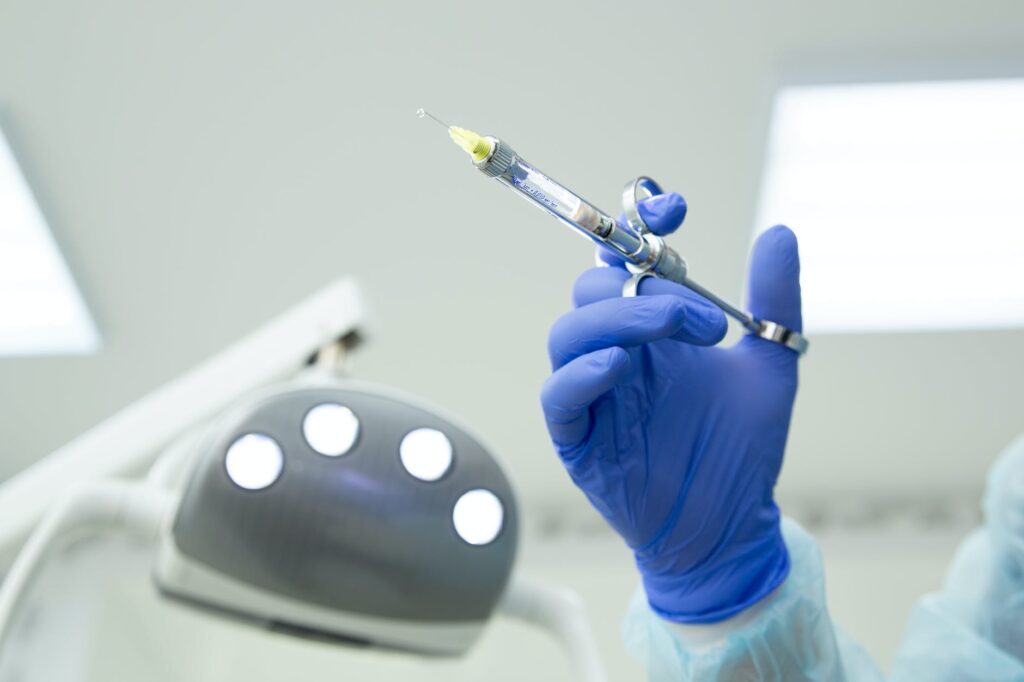
Introduction
Patient safety is paramount in modern healthcare, and anesthesia is no exception. As a critical component of surgical and medical procedures, anesthesia techniques and monitoring have seen remarkable advancements over the years, enhancing patient outcomes and minimizing risks. These innovations have revolutionized the practice of anesthesia, ensuring that patients undergo procedures with the highest level of safety and care. In this blog, Dr Brian Blick will explore the significant advances in anesthesia techniques and monitoring that contribute to patient safety and improved healthcare experiences.
1: Precision in Anesthesia Dosage
Advancements in anesthesia delivery systems have revolutionized the precision of anesthesia dosage. Modern anesthesia machines are equipped with sophisticated technologies that allow for accurate administration of anesthetic agents tailored to each patient’s needs. These systems utilize computerized controls and algorithms to calculate precise dosages based on factors such as the patient’s weight, age, and medical history. The result is a reduction in the risk of under-dosing or over-dosing, ensuring patients receive the optimal level of anesthesia for their specific procedure.
2: Target-Controlled Infusion (TCI)
Target-Controlled Infusion (TCI) is a cutting-edge anesthesia technique that enables precise control over drug delivery. With TCI, anesthetic agents are administered based on target plasma concentrations, ensuring a steady and predictable level of anesthesia in the patient’s system. The TCI technology allows anesthesiologists to tailor the anesthesia to each patient’s individual response, maximizing safety and minimizing side effects. TCI has become particularly valuable in high-risk patients and complex surgeries, where maintaining a stable anesthetic state is critical.
3: Advanced Monitoring Systems
Monitoring patients during anesthesia is a fundamental aspect of ensuring their safety. Advances in monitoring systems have significantly improved patient care during surgical procedures. Modern monitoring devices continuously measure vital signs such as heart rate, blood pressure, oxygen saturation, and respiratory rate. These devices provide real-time data to the anesthesia care team, allowing them to promptly identify any changes in the patient’s condition and respond quickly to potential complications. Enhanced monitoring capabilities contribute to early detection and prevention of adverse events, promoting patient safety.
4: Non-Invasive Monitoring Techniques
Non-invasive monitoring techniques have emerged as a game-changer in patient safety during anesthesia. Non-invasive devices, such as pulse oximeters and capnographs, provide valuable data without the need for invasive procedures or instrumentation. These techniques minimize patient discomfort and the risk of infection, while still delivering accurate and reliable data for the anesthesia care team to make informed decisions.
5: Anesthesia Simulation and Training
Advancements in anesthesia training and simulation have also played a significant role in enhancing patient safety. Anesthesia providers now have access to realistic simulation environments that mimic various clinical scenarios, allowing them to practice critical skills and decision-making. These simulations help anesthesia providers prepare for rare and challenging situations, improving their ability to respond quickly and effectively during real-life emergencies.
Conclusion
Advances in anesthesia techniques and monitoring have transformed the landscape of patient safety during surgical and medical procedures. From precision in anesthesia dosage to the utilization of target-controlled infusion, these innovations have reduced risks and improved patient outcomes. Advanced monitoring systems and non-invasive techniques provide real-time data, enabling early detection and prevention of potential complications. Coupled with the benefits of anesthesia simulation and training, these advancements ensure that anesthesia care teams are well-prepared to provide the highest level of safety and care for patients. As technology and medical knowledge continue to progress, anesthesia will continue to evolve, making patient safety a top priority in modern healthcare practices.